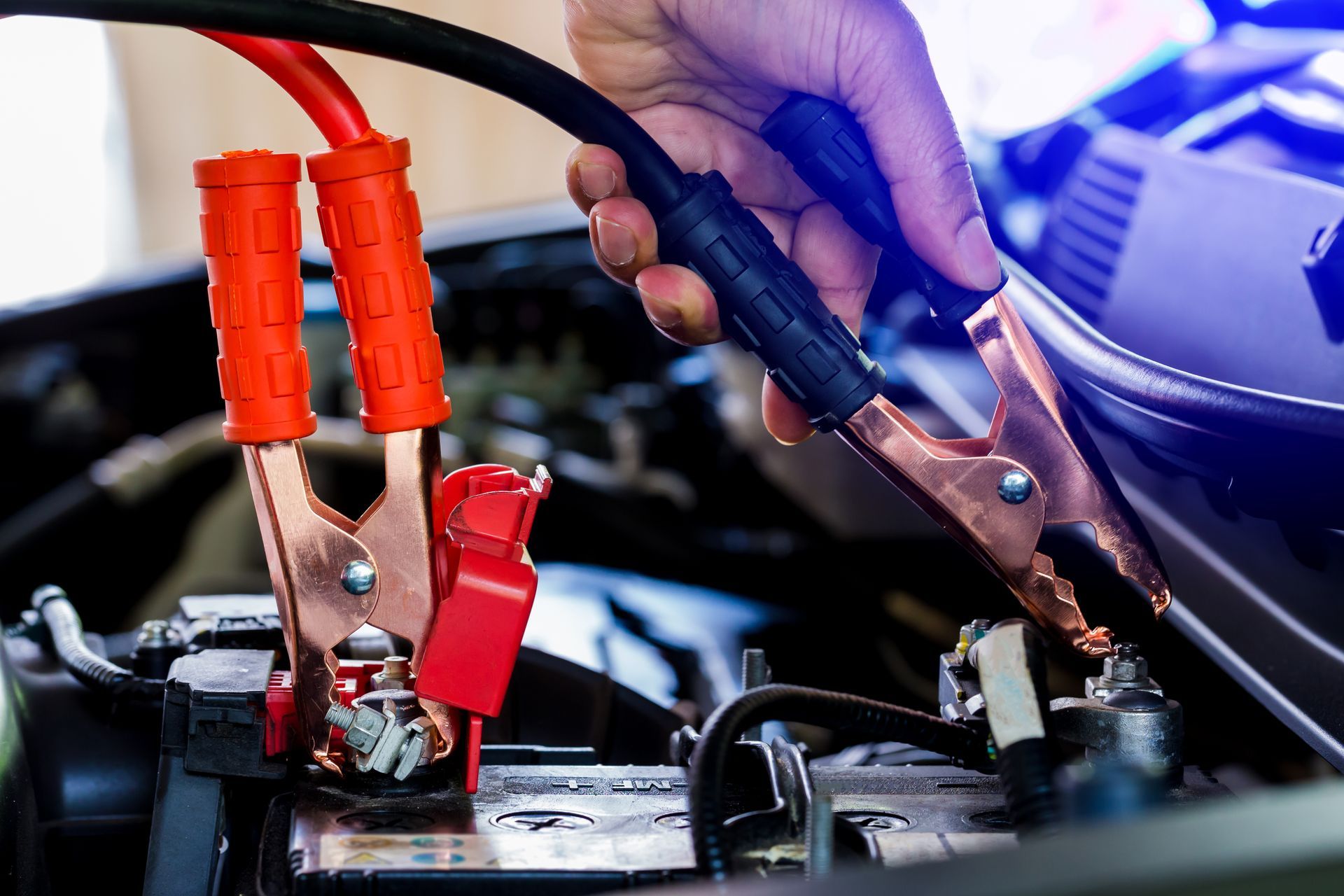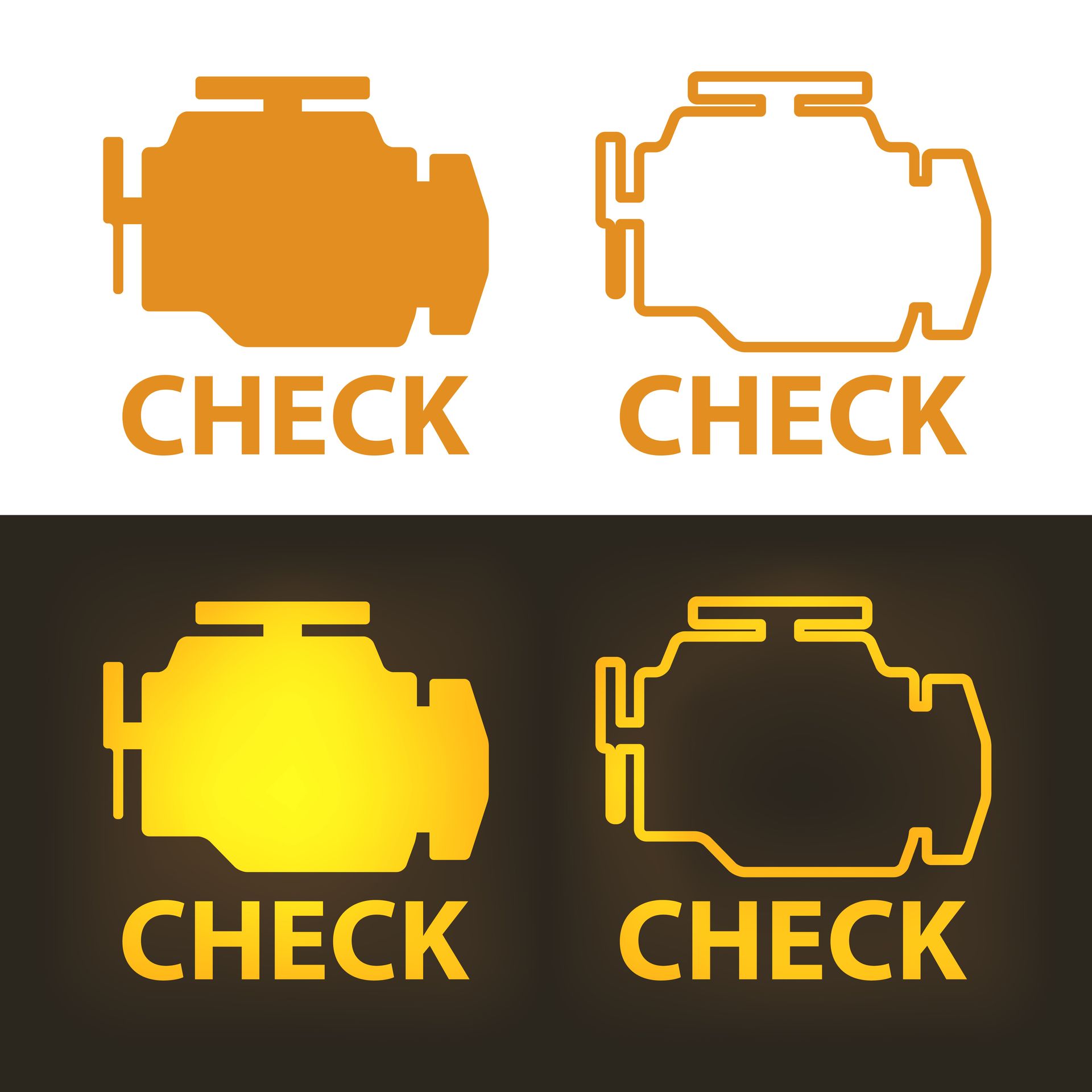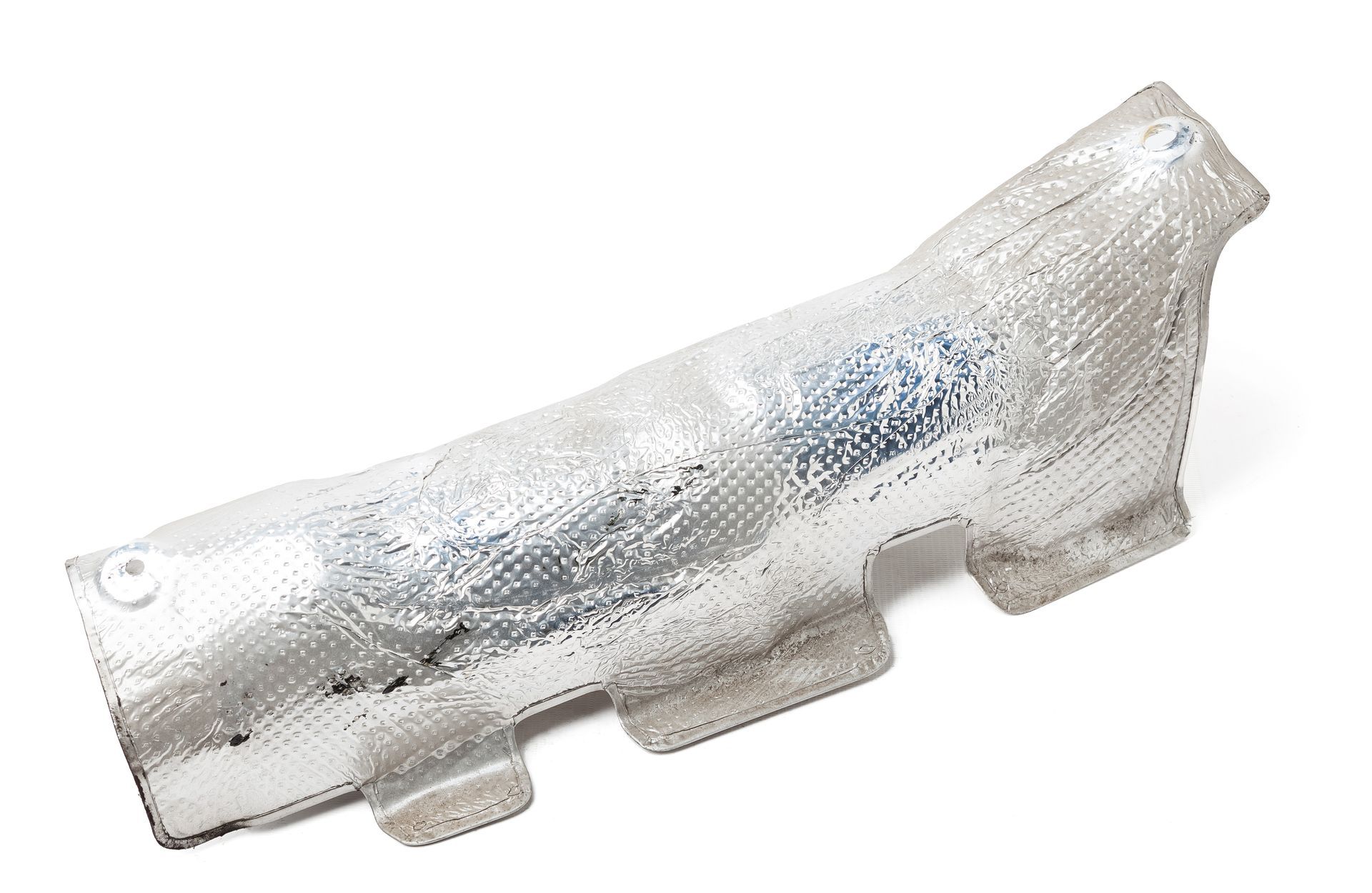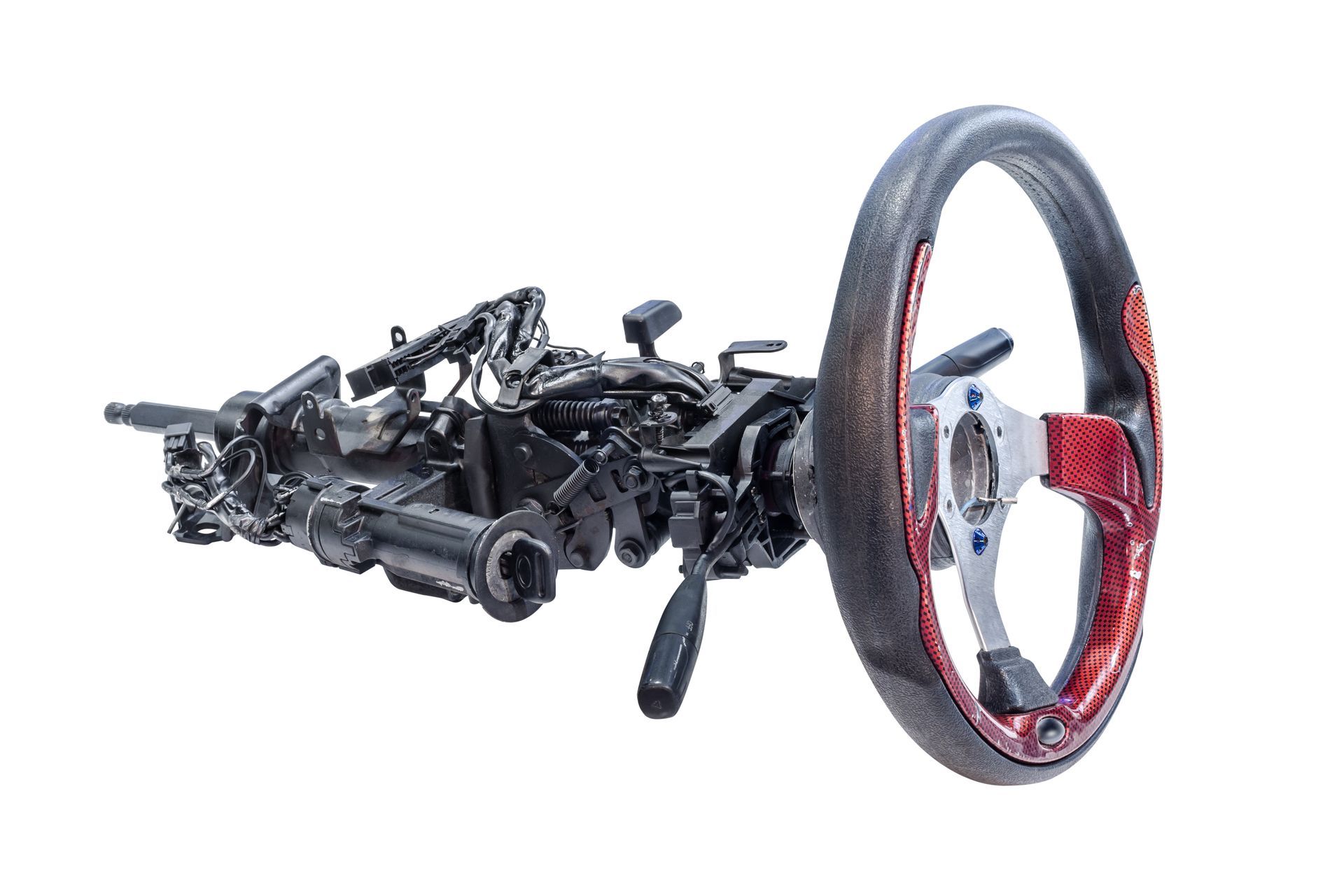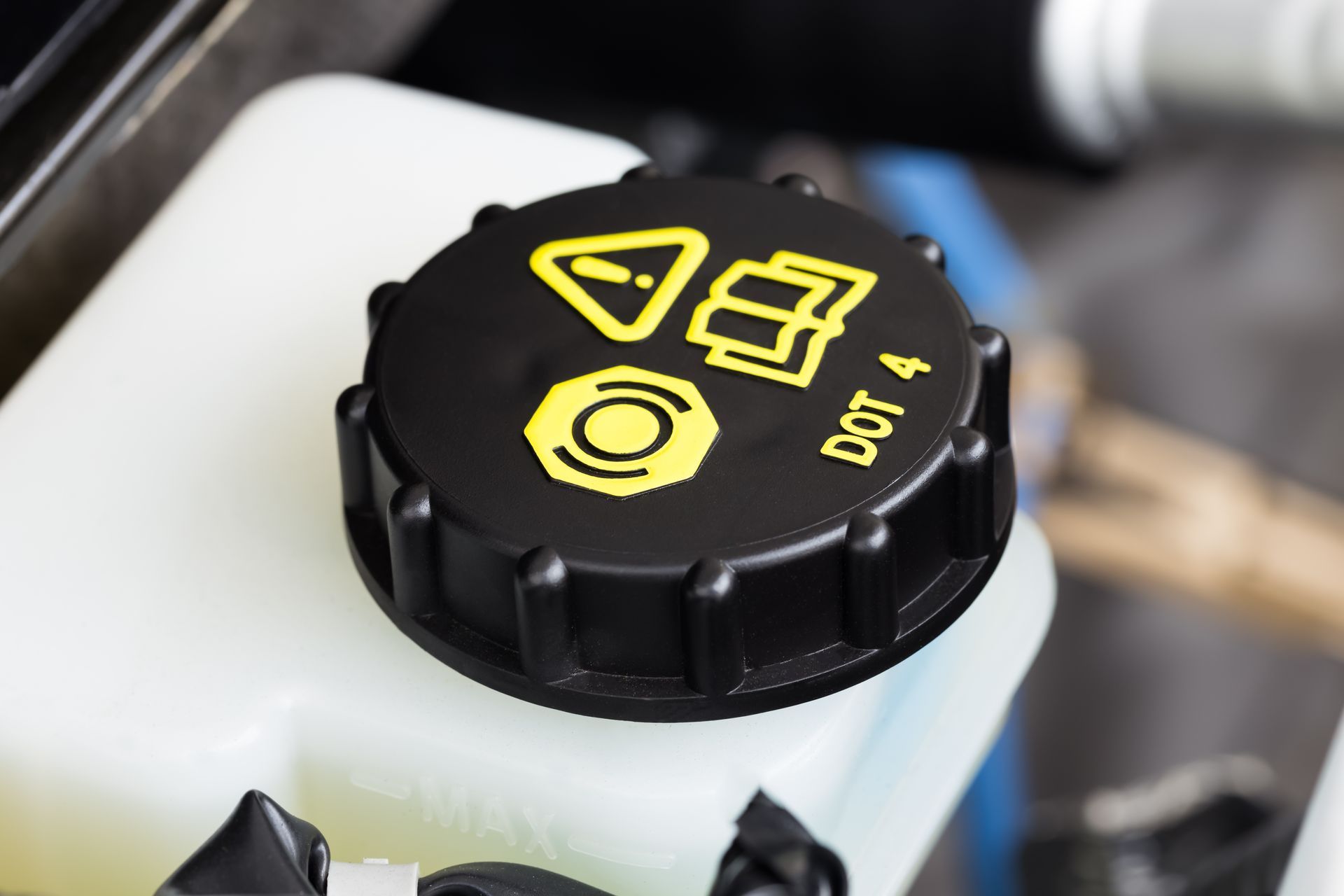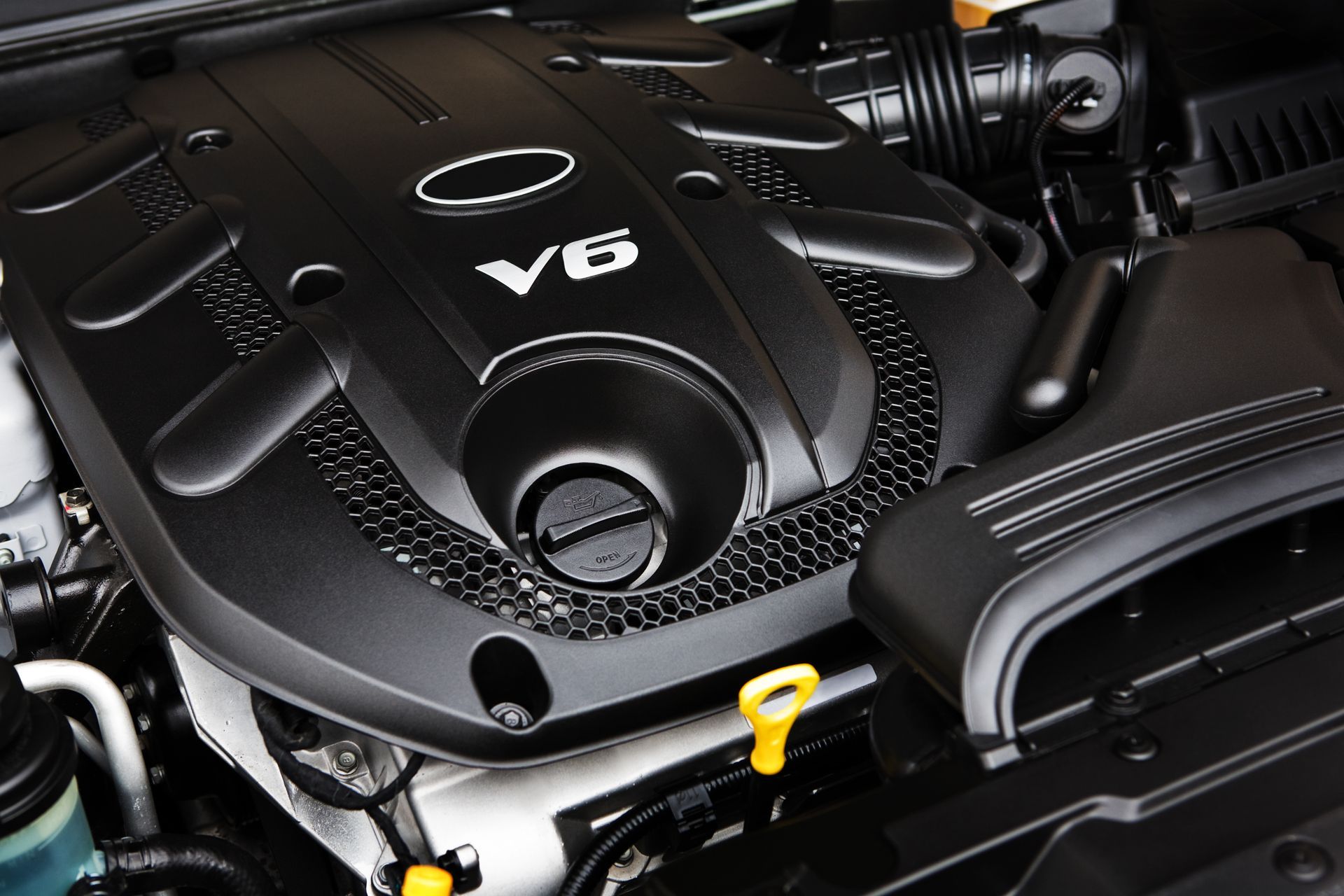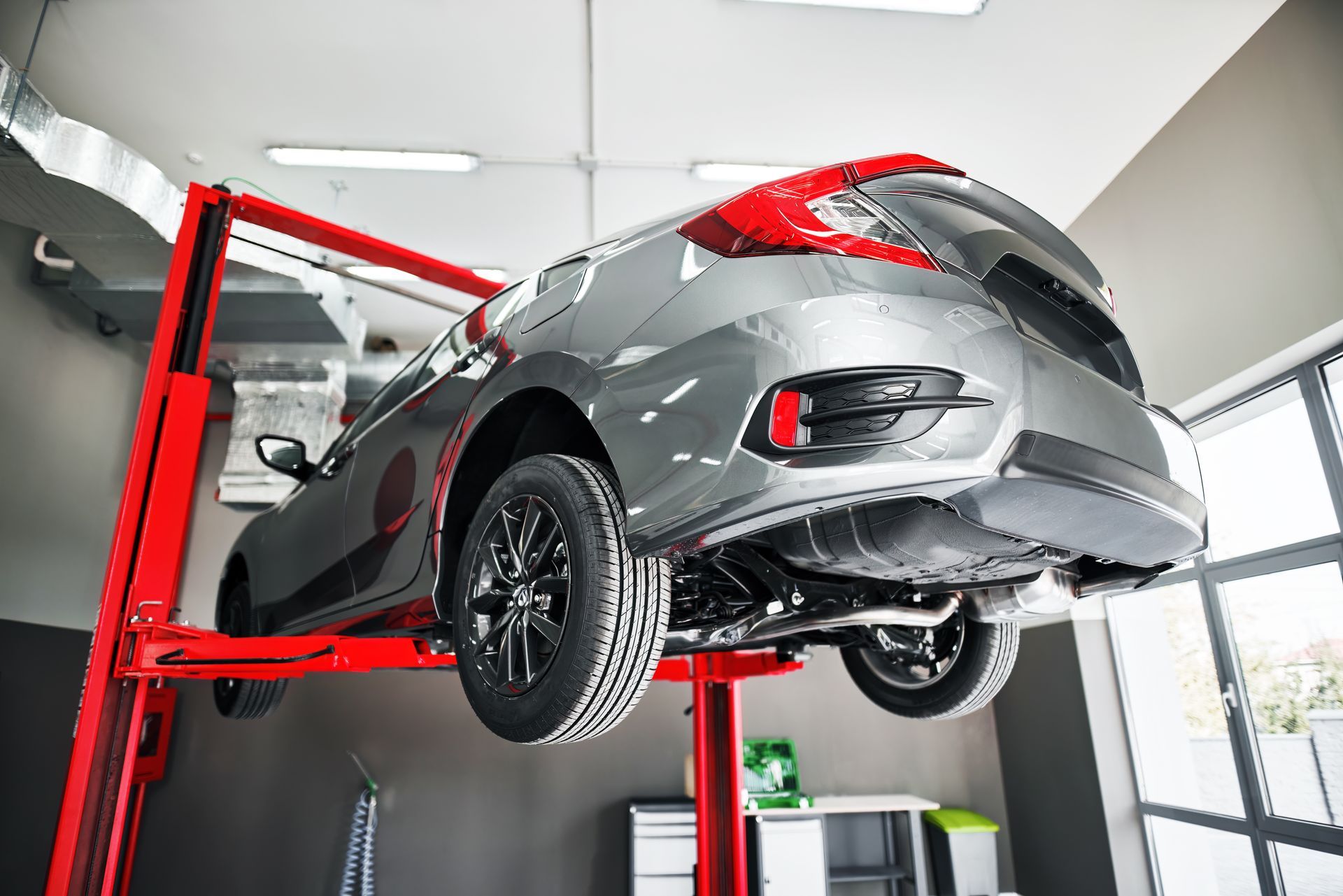Power windows aren’t something most drivers give much thought to until they start acting up. If your windows have become slow, noisy, or seem to struggle to get all the way up or down, it’s more than just a sign of age. Something inside the system may be wearing out or getting stuck. Catching it on time will save you from bigger repairs later and keep your windows working the way they’re supposed to.
Motor Strain From Wear and Tear
The most common cause of slow-moving windows is a worn-out window motor. These motors are small but powerful, and they’re designed to push and pull heavy glass dozens of times a week. Over time, they simply wear out. When that happens, you’ll notice the window moving slower than usual, especially on the way up.
Eventually, the motor may stop working altogether, or it might work intermittently—going halfway before stalling or reversing direction. If one window is slower than the others, the motor is often the first thing to check.
Dirty or Dry Window Tracks
Window tracks guide the glass up and down and keep it stable inside the door. If these tracks are filled with dust, debris, or dried-out lubricant, they create resistance that slows down the window’s movement.
This resistance forces the motor to work harder than it should. In some cases, it may also cause jerky or uneven movement or make the window feel “off track.” If caught early, simple cleaning and lubrication of the tracks can restore proper function and prevent motor burnout.
Failing Window Regulators
The regulator is the mechanical piece that connects the window motor to the glass. It’s what actually moves the window up and down when the motor runs. If the regulator wears out—especially the cables or gears inside it—you may notice uneven speed, grinding sounds, or the window tilting as it moves.
A slow, unstable or crooked window is usually a regulator issue. It’s also possible for the motor and regulator to wear out together, which is why many replacement kits come with both.
Electrical Problems or Voltage Drop
Power windows rely on a consistent electrical supply. If there’s a voltage drop—due to a weak battery, corroded wiring, or worn-out switches—it can reduce the power going to the window motor. The result? Slower operation or windows that hesitate before moving.
In some cases, multiple electrical features may act up at the same time. If your lights dim when you roll up the windows or other accessories behave oddly, the issue may be rooted in your vehicle’s electrical system rather than the window components themselves.
Environmental Conditions
Heat and humidity (or freezing cold) can affect window performance. In hot, humid climates like South Carolina, rubber window seals can swell slightly, creating added friction. That’s enough to slow things down if your motor or tracks are already showing signs of wear.
If the issue only happens during certain weather conditions, that’s a clue your windows might just need cleaning and conditioning rather than a full repair.
When to Act
If your power windows are slowing down, don’t wait for them to stop altogether. That moment always seems to happen at the worst possible time—like during a rainstorm or while trying to go through a drive-thru.
You should have your windows checked if:
- They move noticeably slower than before
- You hear clicking, grinding, or straining noises
- One window is slower than the others
- The window gets stuck or only moves halfway
- Other electrical features seem affected
Our professional technicians can quickly test the motor, regulator, and wiring to pinpoint the problem.
Team 1 Automotive – Window Repair and Electrical Diagnostics in Columbia, SC
If your power windows are slowing down, sticking, or struggling to move,
it’s time for a checkup at
Team 1 Automotive in Columbia, SC. Our technicians will inspect the motor, regulator, and electrical system to get your windows gliding like new again.



